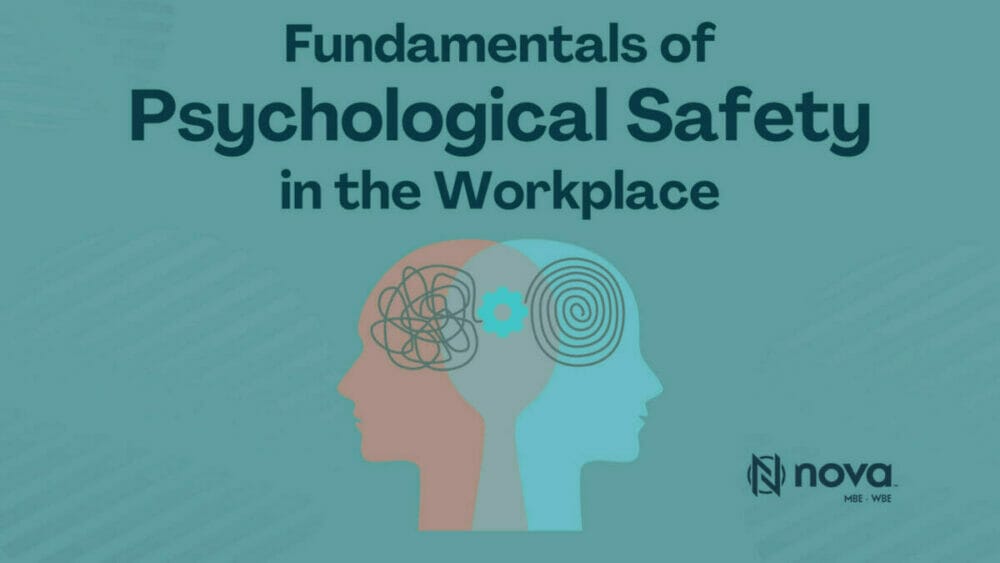Psychological safety is an essential component of any successful workplace, and is key to creating an open and trusting atmosphere. With the right strategies in place, employers can foster a work culture where employees feel comfortable taking risks without fear of judgment or retribution. Organizations that prioritize psychological safety are investing in the wellbeing of their individual employees and the organization as a whole.
The Importance of Psychological Safety
When team members have a foundation of psychological safety, they are more likely to take risks, share their opinions, and engage in open dialogue. This fuels creativity, innovation, and problem-solving. A workplace that prioritizes psychological safety allows its workforce to contribute their unique perspectives, leading to a diverse range of ideas that drive growth and progress.
Laying a Foundation of Psychological Safety
Below are six factors to help organizations cultivate psychological safety in the workplace:
- Open Lines of Communication
Opening lines of communication is essential for building trust. Encourage employees to share their ideas, concerns, and feedback without fear of negative consequences. Leaders should actively listen, validate, and respond constructively, fostering an environment where everyone feels heard and valued. Leaders can demonstrate that lines of communication are open by actively requesting feedback on an ongoing basis, and by creating consistent opportunities for team members to contribute ideas that are then put into action. - Set Clear Intentions and Expectations
Declare your intentions and expectations for your team. If we want this to be a group where we take risks and support risks, you will need to name that intention, and set up group norms that shape the structure of your ideal culture. - Encourage Curiosity
As leaders, we are socialized to believe our job is to be decision makers, but we’re really facilitators. How are we creating inquiry within a group and inviting multiple viewpoints? Curiosity challenges leaders to ask questions and avoid perpetuating the status quo. - Lead by Example
One of the most effective, and at times challenging, forms of leadership is to lead by example. This is true on a micro, individual level, as well as on a macro, organizational one. Leadership sets the tone for the entire organization. By setting an example through your actions – such as changing up your “go-to” people to lead projects – you are also creating a blueprint for others to follow and build upon. Leading by example can give others the confidence to follow suit and become an ally and partner on a shared mission. - Cultivate Compassionate Accountability
Cultivating Psychological Safety requires all of us to be accountable to our group norms and support of one another. And, we must hold space for compassion within our teams – and remind ourselves not to leap to judgment around mistakes. Acknowledging our own mistakes paves the way for others to do the same. This normalizes vulnerability among teams and sets realistic expectations. Rather than penalize or shift blame, use them as an opportunity to learn and grow. When you make a mistake, apologize, take accountability, and move forward with awareness so you can evolve your actions in the future. - Address Conflict Constructively
Conflict is a natural part of any workplace. Encourage candid discussions to address conflicts and find resolution. Provide the necessary resources, support, and/or training to help your team navigate these instances in a safe and respectable manner. Developing shared group norms and expectations, like Nova’s Working Commitments, can go a long way in providing a framework for these challenging dialogues.
Psychological safety fosters a brave and productive workplace. By prioritizing psychological safety, organizations can build an environment where employees feel valued, and motivated to contribute their best.

